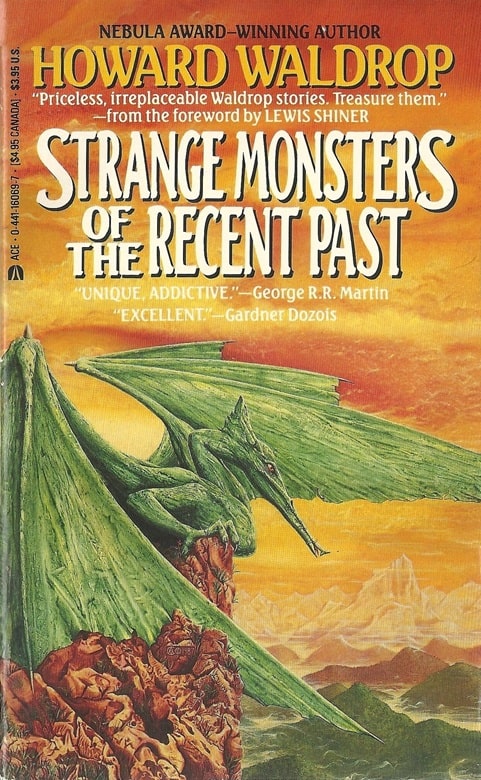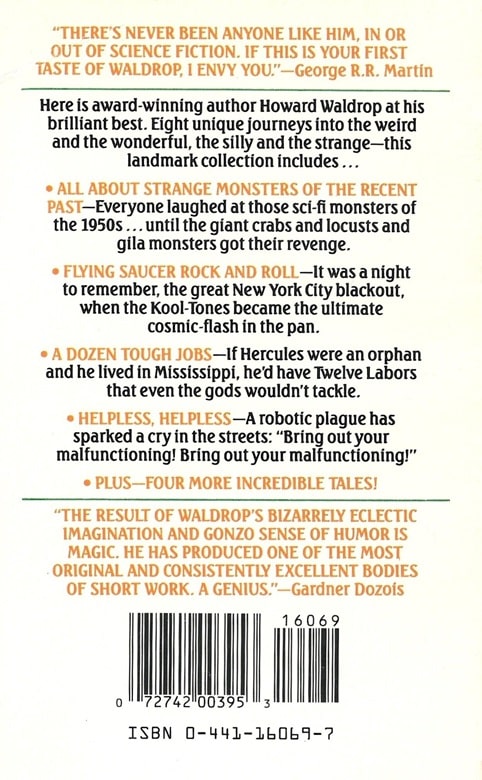Roger Corman 1926-2024
Roger Corman, the Godfather of American independent film, is gone. He died at his home in Santa Monica, California, on May 9th. He was ninety-eight.
Legendary both for his cheapness (no one could squeeze more out of a budget than he could) and for his generosity (he gave countless actors, directors, writers, and technical people their first chance in Hollywood), Corman began his almost seventy-year long career in the mid 50’s by directing extremely low-budget movies for the fledgling American International Pictures, most of which were shot in one or two weeks for less than 100,000 dollars. Corman’s understanding of the necessity of ruthless economy on the one hand and of the needs and desires of his largely teen-aged audience on the other made these films highly successful, and during those early years, that success was perhaps the major factor in establishing AIP as an ongoing concern.

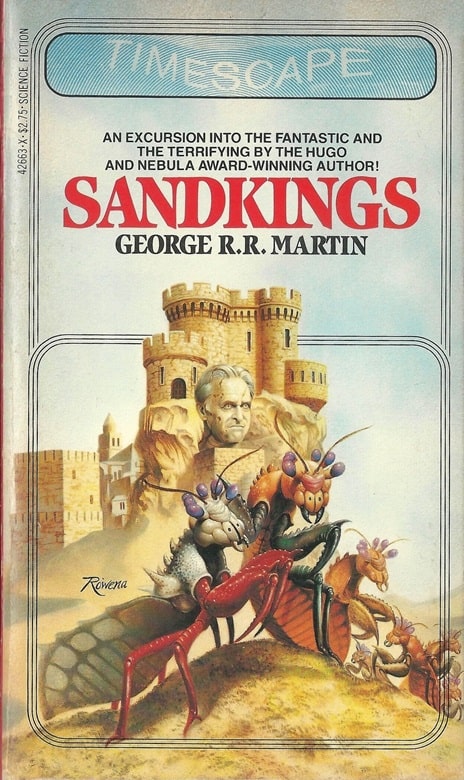
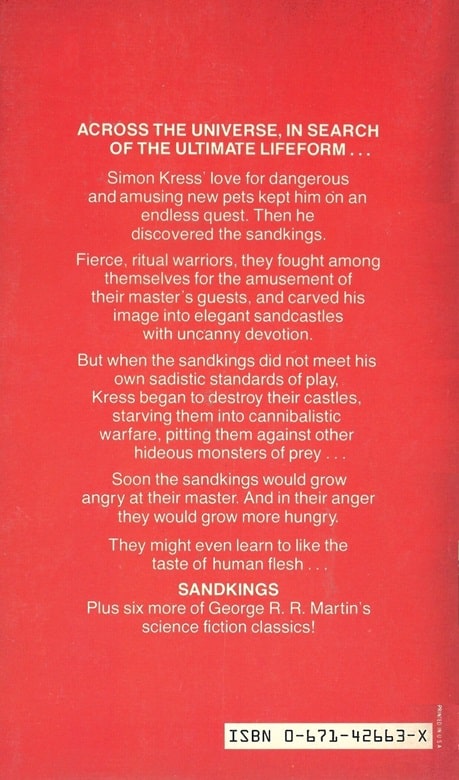
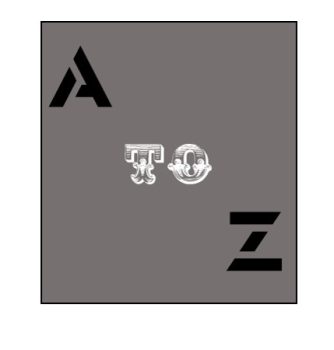

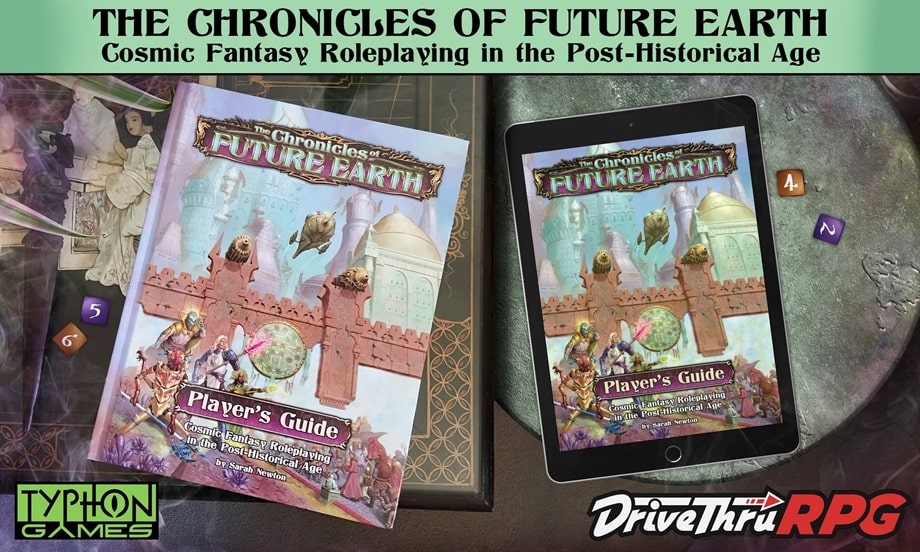

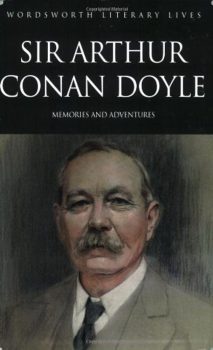
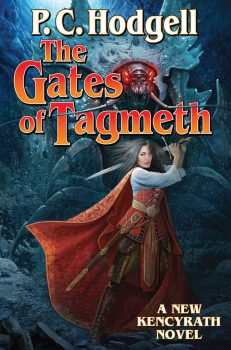 One of the
One of the 